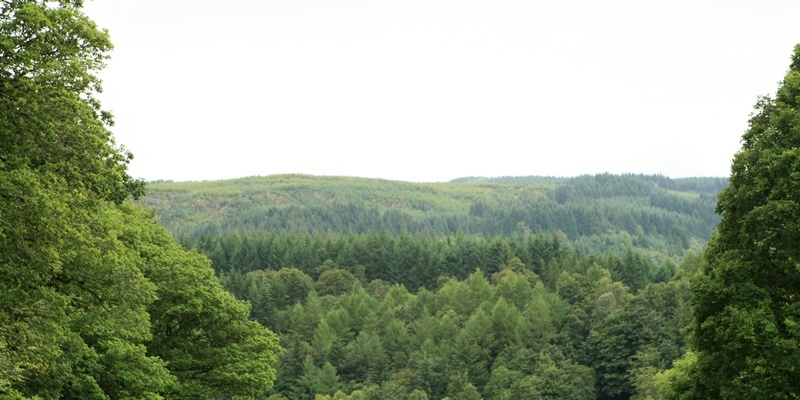The spectre of new wind farm sites in Perthshire has been raised after the government announced it was searching for suitable turbine locations.
The Forestry Commission is making tracts of land available for developers as Scotland strives to meet renewable energy targets. A £2.5 million annual community fund is to be made available to locals as part of the project, which could develop up to 500MW of energy a year from 200 new turbines.
The scheme will see the country split into four “lots” in which power firms will source woodland which can be used for wind farms.
Central Scotland covering Stirlingshire, Cowal, the Trossachs and Tayside will be investigated by Germany’s PNE Wind UK, which has recently set up an Edinburgh base.
But with mass opposition to every large-scale wind farm project in Perth and Kinross so far and a local authority yet to grant planning permission for any the idea of more turbines in rural Perthshire will not sit well with the public.
Strathbraan residents have stated they feel “under siege” after a cluster of large-scale wind farms were approved in their hills and developers cast more speculative glances their way. Big turbines were also built in the environmentally important Ochils south of Perth.
Ramblers Scotland director Dave Morris said, “We would be pretty concerned about further development in Perthshire. We think what has happened in the Ochils is wrong and we will have to take a good look at these proposals and where the Forestry Commission land actually is.
“We feel large turbines over 50 metres high should be offshore. It is very difficult to accommodate them in the Scottish landscape.”
Perth-based Green Highland Renewables will also source small-scale hydro projects under the scheme announced by environment minister Roseanna Cunningham during a visit to their offices on Tuesday.PotentialShe said, “National forest land covers nearly a tenth of the country and has great potential for wind energy development. All these projects will of course be handled in an environmentally sensitive manner and will need to go through the proper planning processes.
“Any felling to make way for wind farm developments will be offset by compensatory planting.”
She said payments could be made to communities of £5000 per MW installed per annum that could result in a £2.5 million annual windfall if the programme’s 500MW potential is realised.
She said, “I am particularly pleased that communities in the vicinity will receive a leading edge annual payment that can be reinvested into the development. In addition, these communities can add their own funds to get a greater stake in the schemes.”
Developers will spend eight months working up a list of suitable sites to take to the planning process.
The scheme has been backed by environmental groups including Friends of the Earth Scotland, whose Juliet Swann said, “Forestry Commission lands should be looked after for public benefit in a way that increases their value to society and the environment.
“Some Forestry Commission Scotland land has thin soil and high winds-conditions not ideal for trees but great for turbines. This initiative should…increase returns for the public, as long as proper account is taken of complementary forestry, public access and biodiversity interests.”
